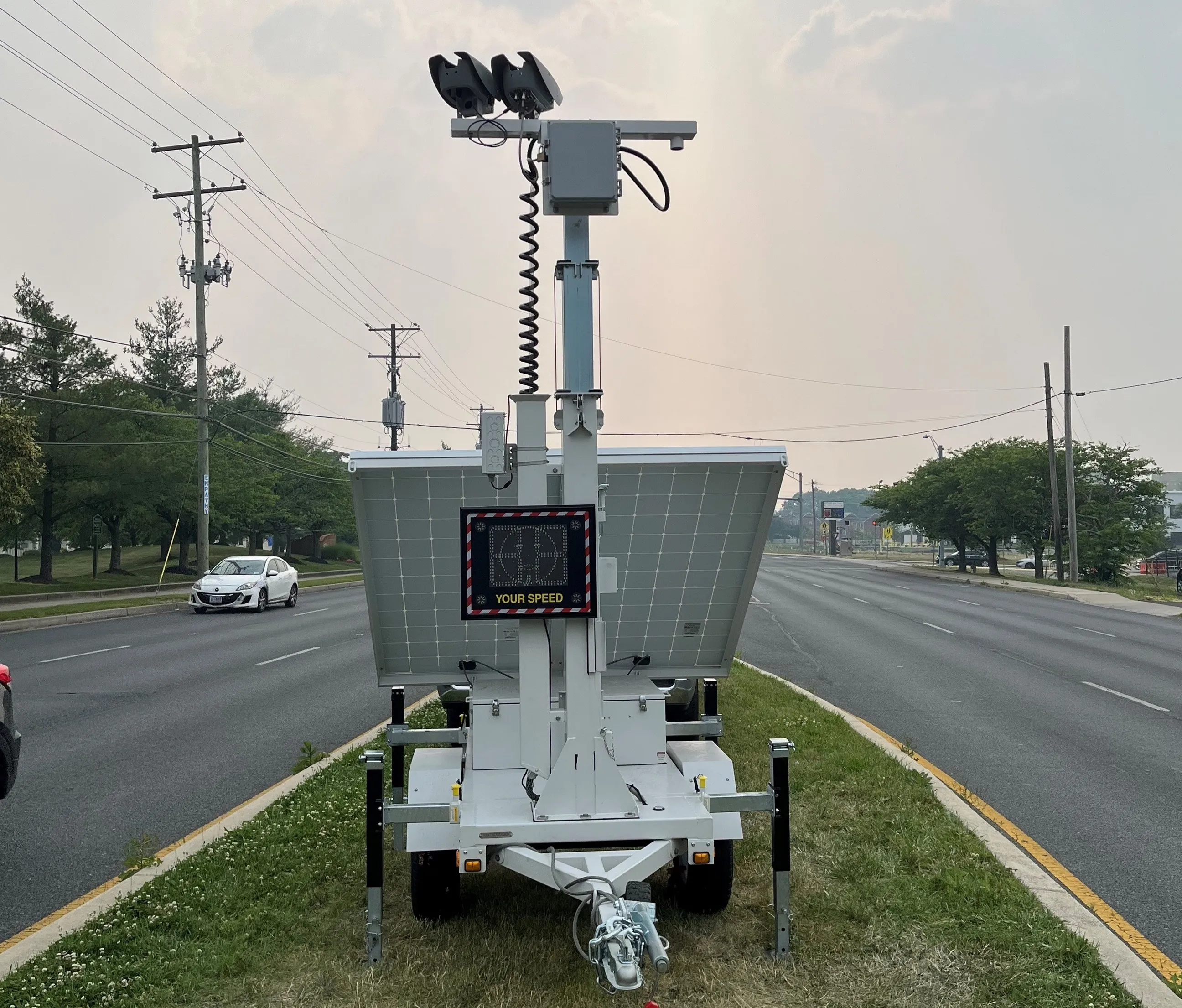According to police in Montgomery County, Maryland, the speed camera program the county started in 2009 has made roads safer and reduced speeding in a way no other tool could. “What we’ve seen is something that’s changed driver behavior like nothing else has in the history of law enforcement,” Captain Paul Starks, a police spokesperson, told County Cable Montgomery. Starks said the number of citations from speed cameras is on a steady decline, proof that the program is working and not merely a revenue strat
May 29, 2013
Read time: 2 mins
According to police in Montgomery County, Maryland, the speed camera program the county started in 2009 has made roads safer and reduced speeding in a way no other tool could.
“What we’ve seen is something that’s changed driver behavior like nothing else has in the history of law enforcement,” Captain Paul Starks, a police spokesperson, told County Cable Montgomery.
Starks said the number of citations from speed cameras is on a steady decline, proof that the program is working and not merely a revenue strategy.
“Our goal from the start has been to change driver behavior, particularly in areas where we have pedestrians and a history of collisions,” said county council member Phil Andrews, who the Council’s Public Safety Committee. “Our police department has done an excellent job of placing cameras where the history shows there’s been a large number of collisions or where there are many pedestrians, especially children, present in school areas or areas near bus stops, playgrounds and areas where speeding has been a long concern and there’s been a connection to collisions.”
“What we’ve seen is something that’s changed driver behavior like nothing else has in the history of law enforcement,” Captain Paul Starks, a police spokesperson, told County Cable Montgomery.
Starks said the number of citations from speed cameras is on a steady decline, proof that the program is working and not merely a revenue strategy.
“Our goal from the start has been to change driver behavior, particularly in areas where we have pedestrians and a history of collisions,” said county council member Phil Andrews, who the Council’s Public Safety Committee. “Our police department has done an excellent job of placing cameras where the history shows there’s been a large number of collisions or where there are many pedestrians, especially children, present in school areas or areas near bus stops, playgrounds and areas where speeding has been a long concern and there’s been a connection to collisions.”









